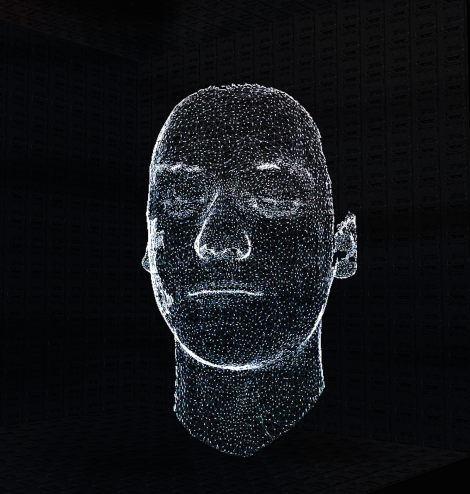 Towards better human via digital…? – Installations, artist-talk and discussion regarding technologically enhanced life/mind forms in Ex Post Cultural Space in Prague.
Towards better human via digital…? – Installations, artist-talk and discussion regarding technologically enhanced life/mind forms in Ex Post Cultural Space in Prague.
Statement 1. The biggest danger for artificial intelligence is the chance, that it will most likely be created and „brought to life“ by average humans.
Statement 2. One of the most false notions of occidental civilization is belief, that technologies are un-human and that those represent chance or threat for new universe bereft of humanity.
Do you agree?
Well one week programme in Expost Gallery Prague will literally be an „installation“ of artificial intelligence. You will have a chance to experience artistic pieces attacking the limits of biological humanity and presenting simulations of personality run by digital engine. Besides, there will be an open discussion panel with experts concerning the ethical limitations of contemporary science research and experimenting, concerning extremity, transgression and actual role of art in this peculiar context.
Exhibiting Artists: IVOR DIOSI (SK) / SILVER (CZ-NOR)
Dates:
Exhibition: 16.-19.11.2015
Meet the artist: 18.11.2015
Final act (critical public discussion and dernissage): 19.11.2015
~ About the discussion
Open expert panel on ethical issues in science reflected and brought to light by art. Shall the scientific ethics restrain the artists of experimenting with certain technologies and challenge their impact?
Panel Members:
Anna Dumitriu (UK, The UK Clinical Research Consortium), Bobbie Farsides (UK, Brighton and Sussex Medical School), Claudia Lastra (UK, The Arts Catalyst), Pavel Stopka (CZ, Charles University Prague), Pavel Smetana (CIANT), Prokop Bartoníček (CZ, Ex Post), Annick Bureaud (FR, Leonardo OLATS), Aleksander Väljamäe (University of Talinn), Marc Boonstra (NL, Waag Society), Espen Gangvigk (NOR, TEKS). Host: Ondřej Cakl (CIANT)
Venue: Ex Post, Příčná 1 st., Praha 1
Organized by:

CIANT – International centre for art and new technologies, Prague, www.ciant.cz
in cooperation with: EX POST – A space for (digital) culture and education, Prague http://www.expost.space
FB: https://www.facebook.com/events/440781706107877/
Details: http://ciant.cz/index.php/en/blog-en/104-trans-e-mission-exposed
Funded by EEA Grants.


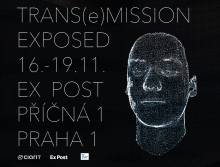
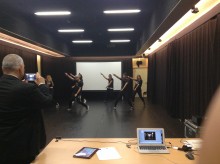
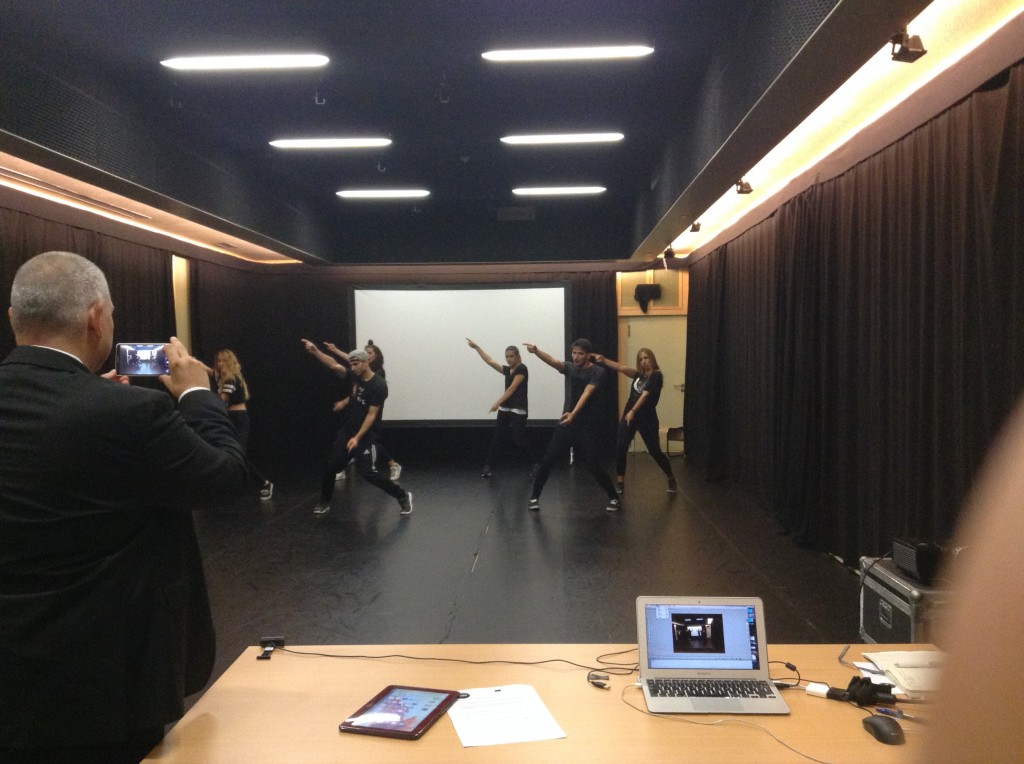





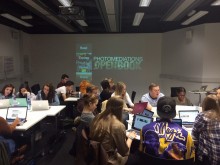
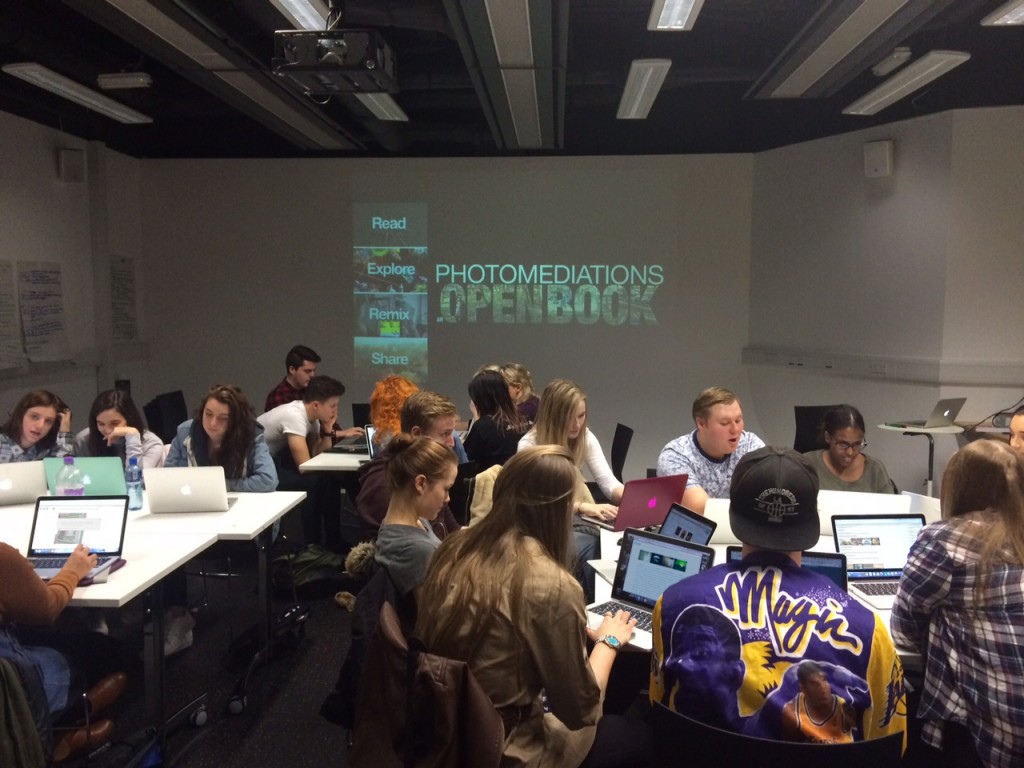
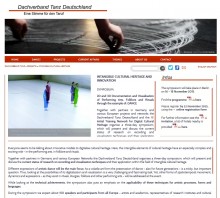
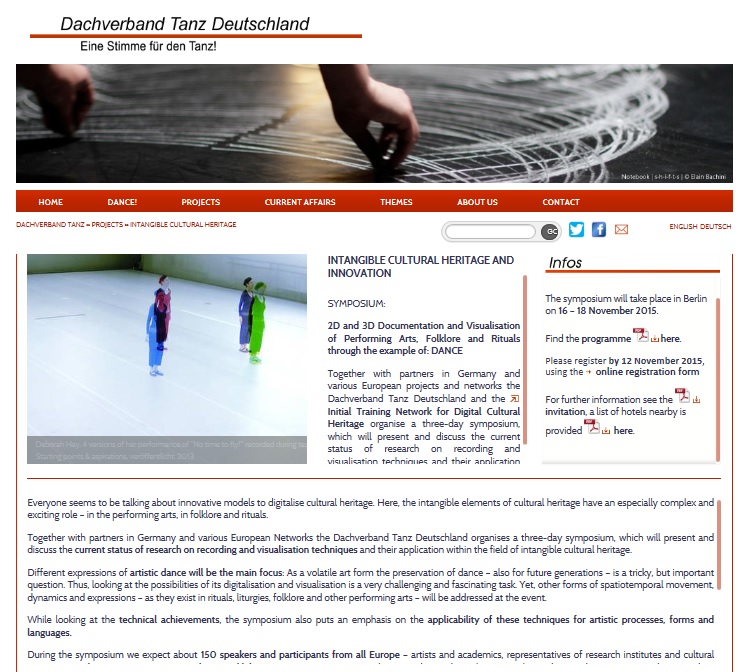
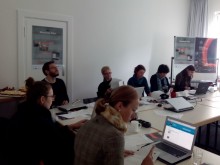
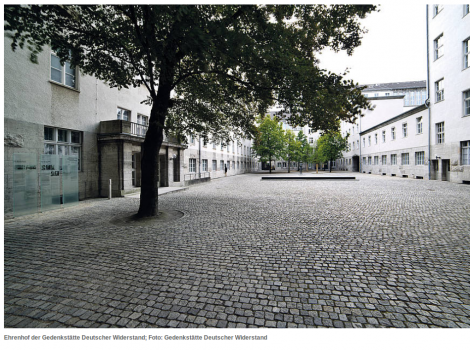 by Beatrix Lehmann, Museumsmedien
by Beatrix Lehmann, Museumsmedien









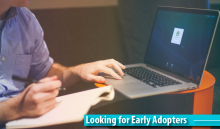

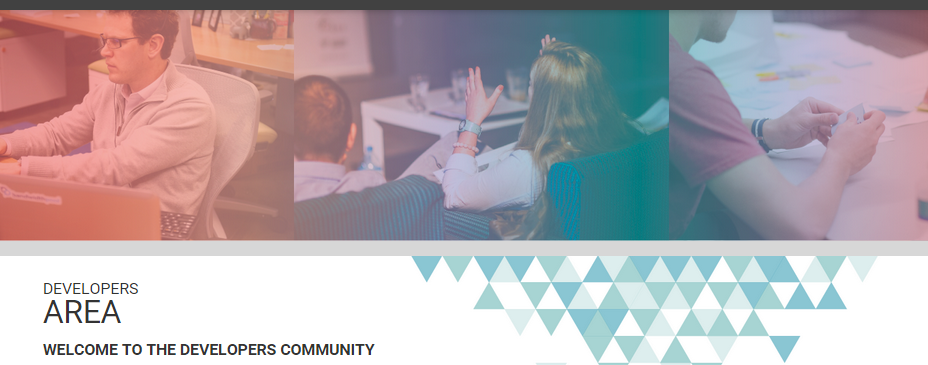

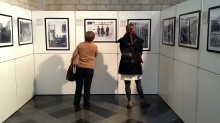
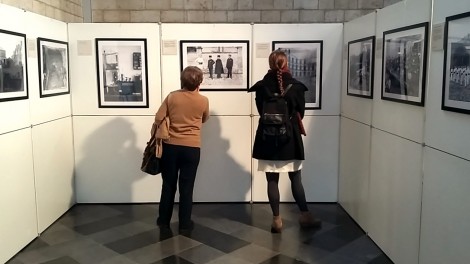
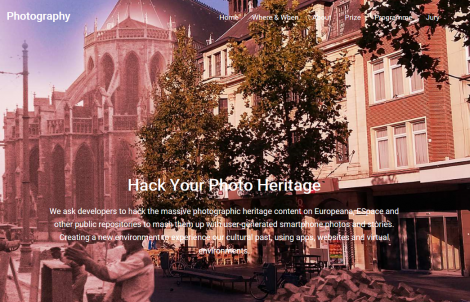
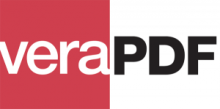

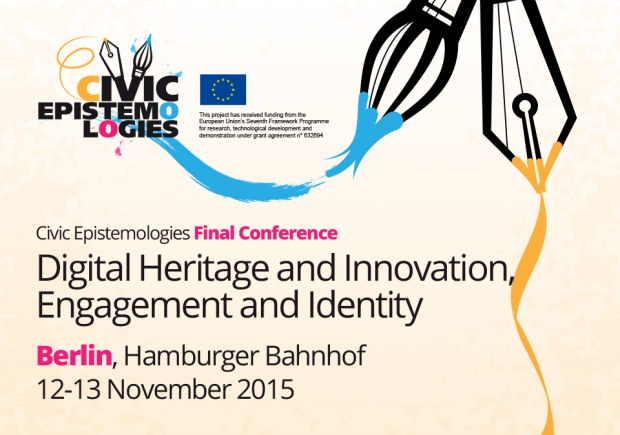
 If you have interesting news and events to point out in the field of digital cultural heritage, we are waiting for your contribution.
If you have interesting news and events to point out in the field of digital cultural heritage, we are waiting for your contribution.







































